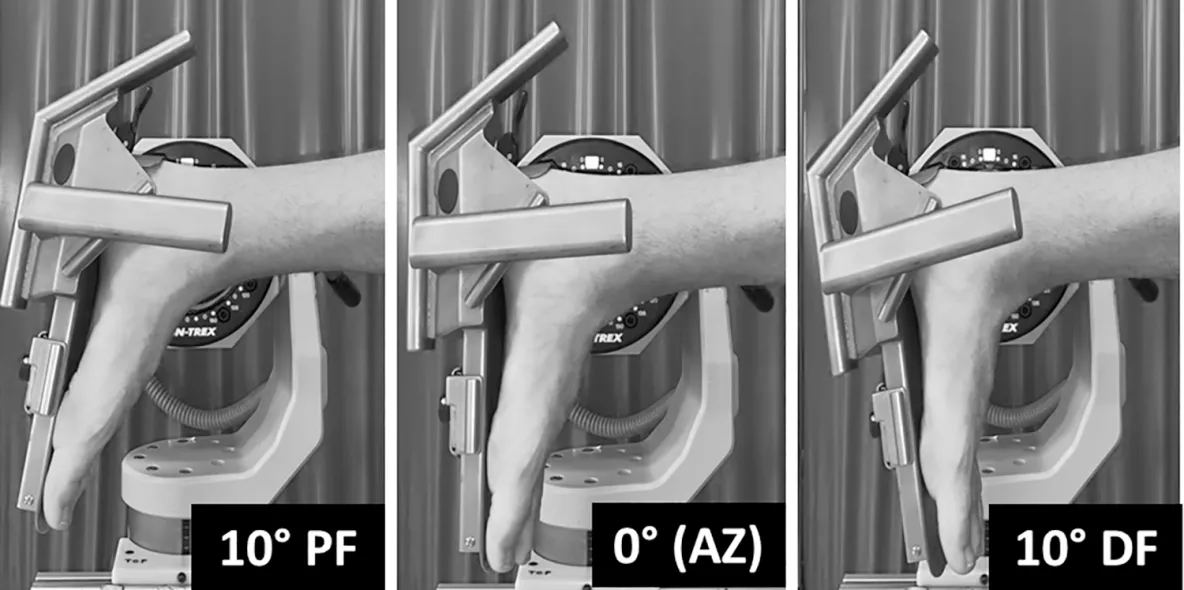

New Research from Crotty et al.,(2023) just published in PLOS ONE highlights that ankle angle changes can influence the reliability of mechanical measures of the plantar flexors. These results highlight the importance of establishing potential protocol effects on measurement reliability prior to quantifying plantar flexor mechanical measures.
Research Impact: Assessing the reliability of plantar flexor mechanical measures across joint angles allows researchers to identify the measurement angles that can be reliably interpreted to measure a ‘real change’ due to intervention or for between-group comparisons. Additionally, examining the sex-specific reliability of tendon measures for males and females can establish if any sex-related differences in inter-day reliability exist. The findings demonstrate mechanical parameters of maximal voluntary torque, involuntary rate of torque development, involuntary electromechanical delay, tendon force, tendon elongation, and tendon relative peak strain of the plantar flexor muscle-tendon unit can be assessed and compared across testing sessions irrespective of the ankle angle employed. Read full paper below
Crotty, E.D., Furlong, L.A.M, and Harrison, A.J. (2023). Reliability of mechanical properties of the plantar flexor muscle tendon unit with consideration to joint angle and sex, PLOS ONE, DOI: 10.1371/journal.pone.0287431